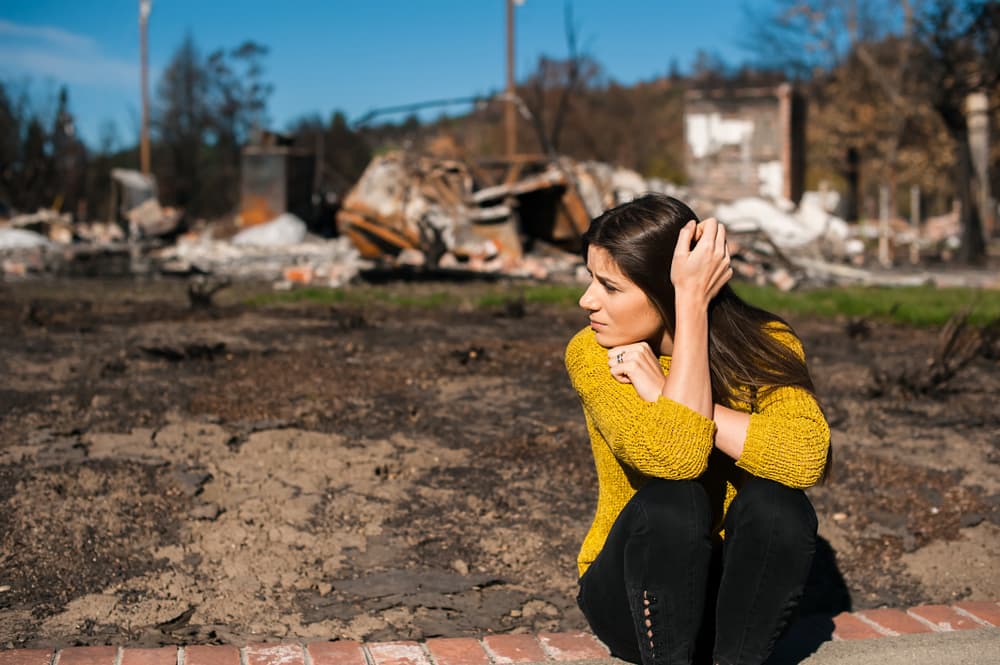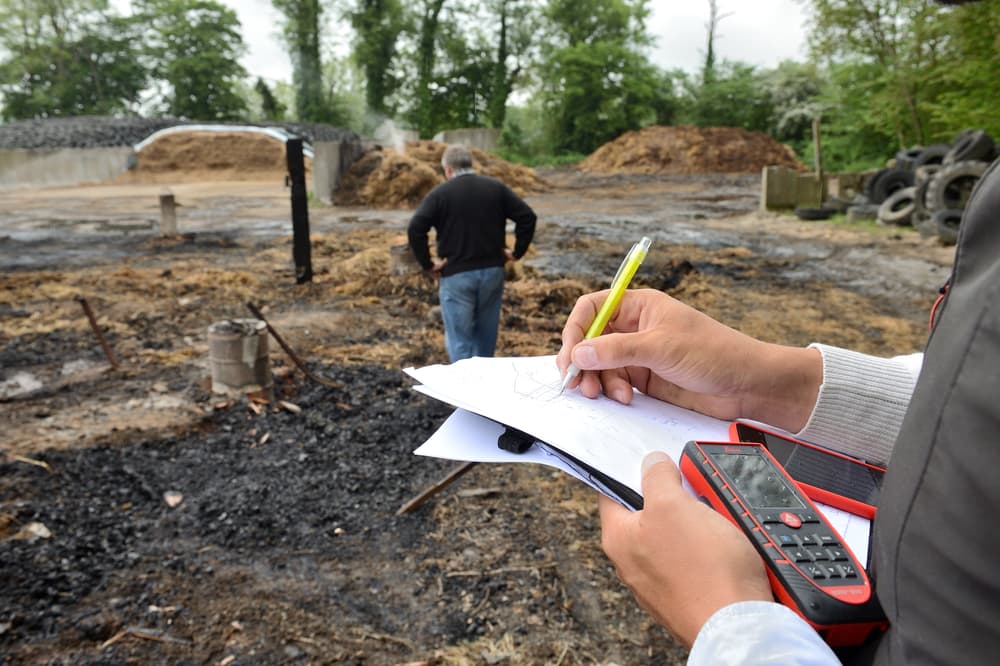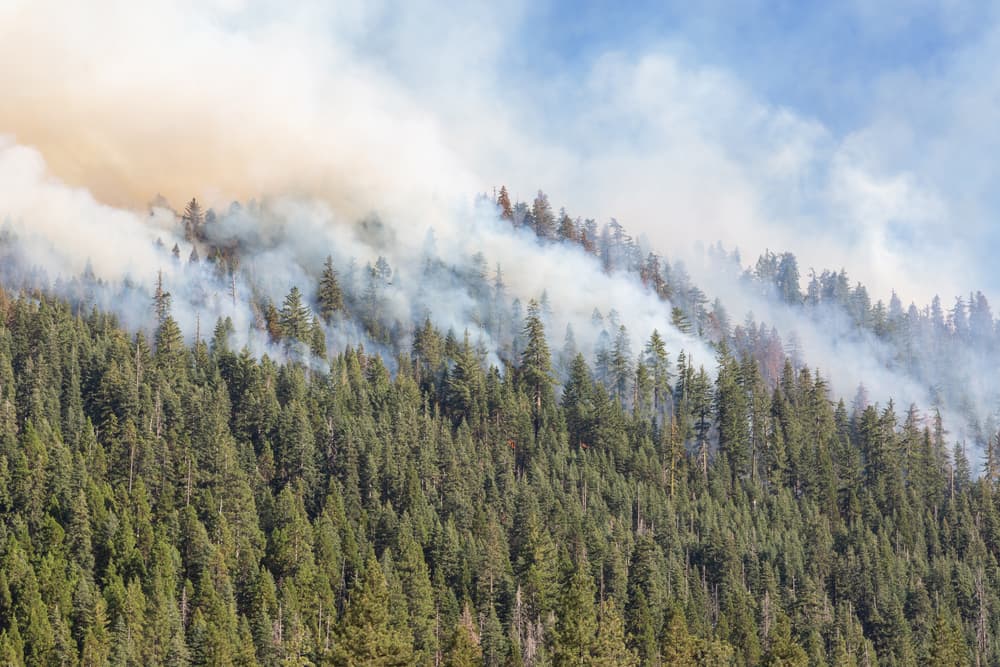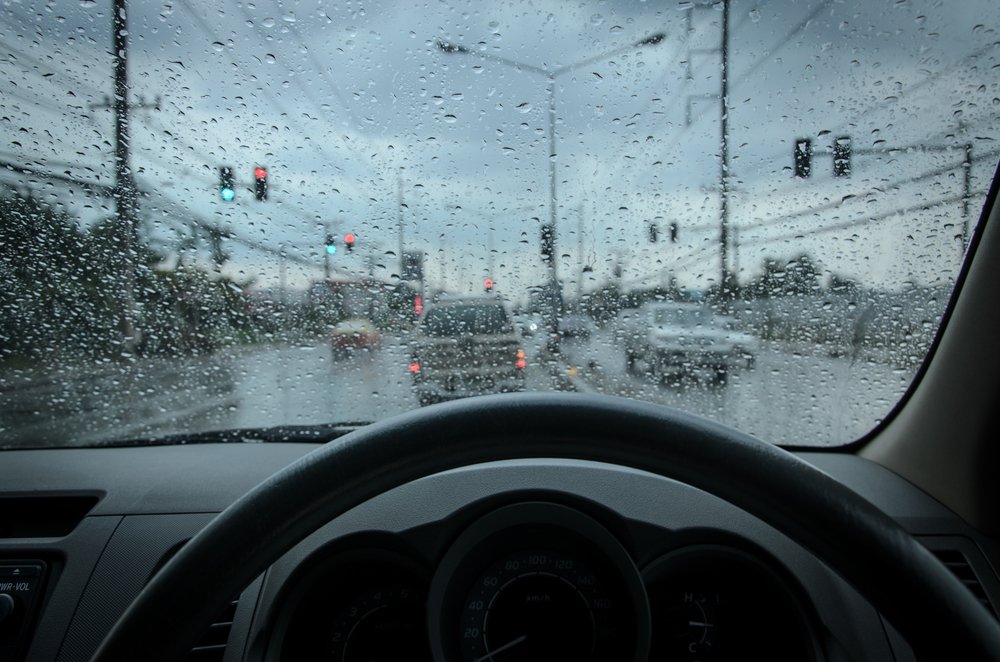California’s landscape, renowned for its beauty, also harbors a persistent risk: wildfires. These natural disasters significantly threaten businesses, leading to increased insurance costs. This blog explores California wildfires’ commercial insurance rates and offers strategies for businesses to manage these impacts.
Overview of Wildfire Risk in California
California’s unique climate and topography make it particularly susceptible to wildfires. Hot, dry summers and strong winds create ideal fire conditions to ignite and spread rapidly. The state’s vast wilderness areas and urban development encroaching on fire-prone regions exacerbate the risk. Each year, California witnesses numerous wildfires that cause extensive damage to natural landscapes and human structures.
Frequency and Severity of Wildfires in California
The frequency and severity of wildfires in California have increased over the years. According to Cal Fire, the state’s fire department, some of the most destructive wildfires in history have been seen in recent years. The Camp Fire in 2018, which destroyed the town of Paradise, and the 2020 August Complex Fire, which burned over a million acres, are stark reminders of this growing threat. These fires not only devastate communities but also lead to significant economic losses.
Impact on Businesses and Commercial Properties
Wildfires can have catastrophic effects on businesses and commercial properties. Direct impacts include physical damage to buildings, loss of inventory, and operational disruptions. Indirect effects, such as smoke damage and the loss of customers who evacuate or relocate, compound the financial strain. For businesses without adequate insurance coverage, recovery can be slow and costly, emphasizing the importance of robust risk management strategies.
Factors Influencing Business Insurance After Wildfires
In the aftermath of wildfires, insurance companies significantly reevaluate risk, leading to adjustments in commercial insurance rates and coverage terms.

Increased Risk Assessments by Insurers
Insurers conduct thorough risk assessments following a wildfire to understand the increased probability of future incidents. Properties located in high-risk areas, known as the Wildland-Urban Interface (WUI), are scrutinized more closely. Factors such as proximity to fire-prone vegetation, building materials, and local fire protection services are considered, leading to a higher risk classification and premiums.
Insurance Premium Adjustments After Wildfire Events
In the wake of significant wildfire events, insurance premiums for commercial properties often rise. This adjustment reflects the higher anticipated costs of future claims. For example, after the 2018 and 2020 wildfire seasons, many businesses saw their premiums increase substantially. Insurers adjust their rates to cover the heightened risk and meet future claims’ financial demands.
Changes in Coverage Options and Deductibles
Insurance companies may alter the coverage options and deductibles available to businesses post-wildfire. Some insurers might limit coverage for wildfire-related damages or exclude it entirely from standard policies, offering it only as an expensive add-on. Additionally, higher deductibles might be imposed, requiring businesses to cover a more significant portion of any loss before insurance kicks in. These changes compel businesses to reassess their insurance needs and financial preparedness.
Mitigating Wildfire Risks: Insurance Strategies for Businesses
Businesses can adopt several strategies to mitigate wildfire risks and manage their insurance costs effectively.

Importance of Comprehensive Coverage
Securing comprehensive insurance coverage is crucial for businesses in wildfire-prone areas. This includes property insurance and business interruption insurance, which covers lost income during periods of forced closure. Ensuring that policies cover a wide range of potential damages, from fire to smoke and water, is essential for comprehensive protection.
Fire Mitigation Strategies for Businesses
Fire mitigation strategies can reduce the risk of damage and potentially lower insurance costs. These strategies include creating defensible space around properties by clearing flammable vegetation, using fire-resistant building materials, and installing fire suppression systems. Regular maintenance, such as cleaning gutters and ensuring proper ventilation, is critical in reducing fire risk.
Insurance Policy Review and Updates Post-Wildfire
It is vital to review and update insurance policies regularly after a wildfire. Businesses should work with their insurance providers to ensure their coverage remains adequate and up-to-date. This includes reassessing the value of property and assets, adjusting coverage limits, and exploring additional coverage options if necessary. Staying proactive about policy updates helps businesses remain resilient despite evolving wildfire risks.
Let Pronto Insurance Help You
For expert advice on navigating commercial insurance in wildfire-prone areas, contact us today to discuss tailored solutions for your business’s unique needs. Protect your investment and secure your future against the growing threat of wildfires with Pronto Insurance.













